Will a PC turn on and enter BIOS without a CPU? If not, why, and what are you supposed to do?
Let’s dive in, and cover everything you need to know.
TABLE OF CONTENTS
A Brief on PC POST (Power-On Self Test) and BIOS
In order to answer the titular question to any degree of satisfaction, it’s important to take a moment to discuss what happens when you turn on your PC. When you turn on your PC and try to boot into BIOS or your operating system, the same process always plays out: POST, or Power-On Self Test.
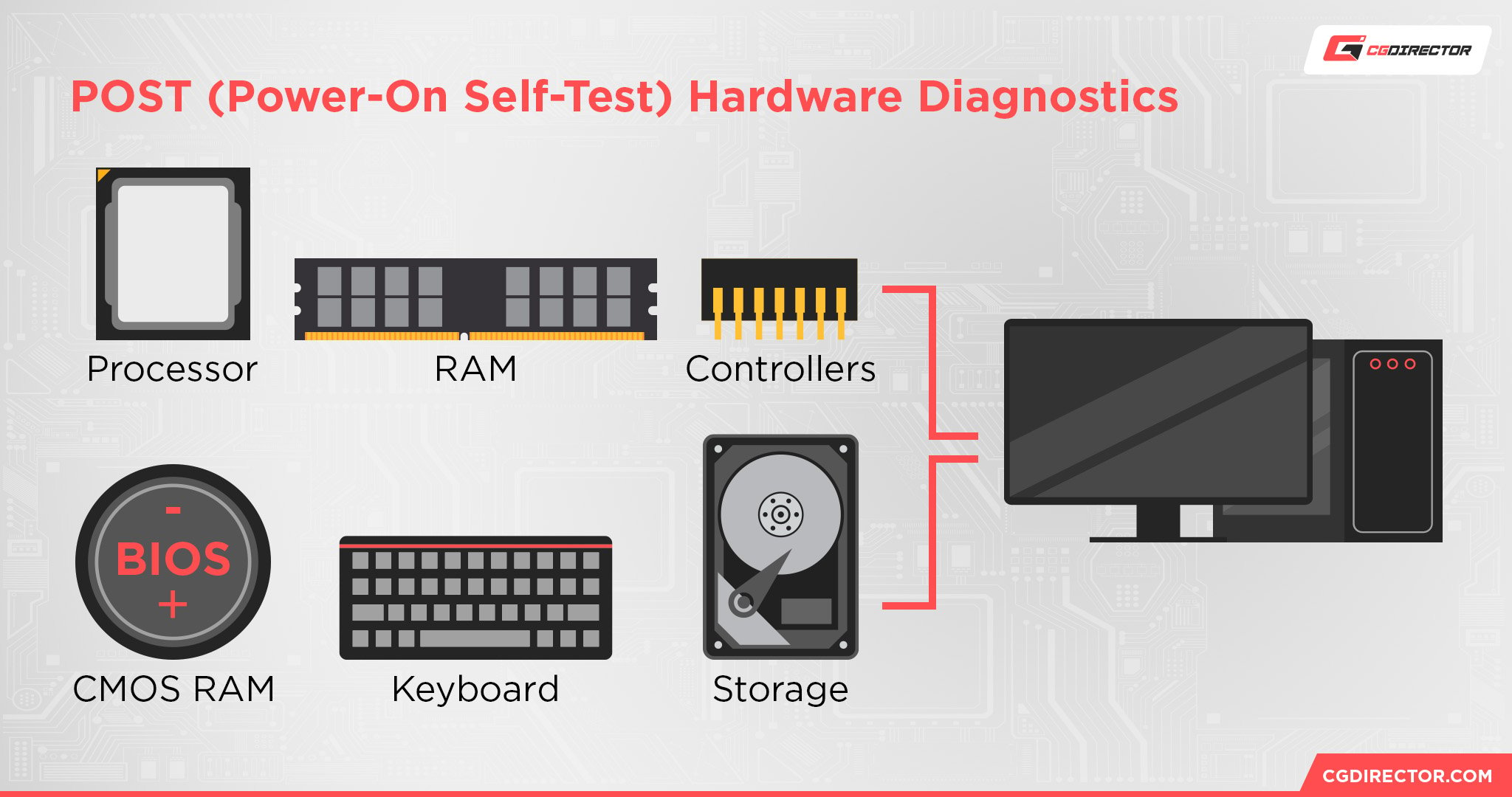
The POST is a way for a PC to test all of its main components and make sure that they are functioning before trying to boot into BIOS or the operating system.
In order to enter the BIOS, you need to be able to pass a POST.
Will a PC Turn On and Enter BIOS Without a CPU?
So, will a PC POST without a CPU?
No, absolutely not.
Since the PC cannot complete its Power-On Self-Test without its CPU, it cannot enter BIOS. A functioning processor is simply too integral to PC functionality for booting into BIOS without a CPU to be possible.
If you have a CPU installed but your PC still won’t boot into BIOS, it’s most likely because your motherboard doesn’t support your CPU, at least not without a BIOS update.
Your PC Won’t Turn On Without a Compatible CPU: Here’s What To Do
Update BIOS Over USB
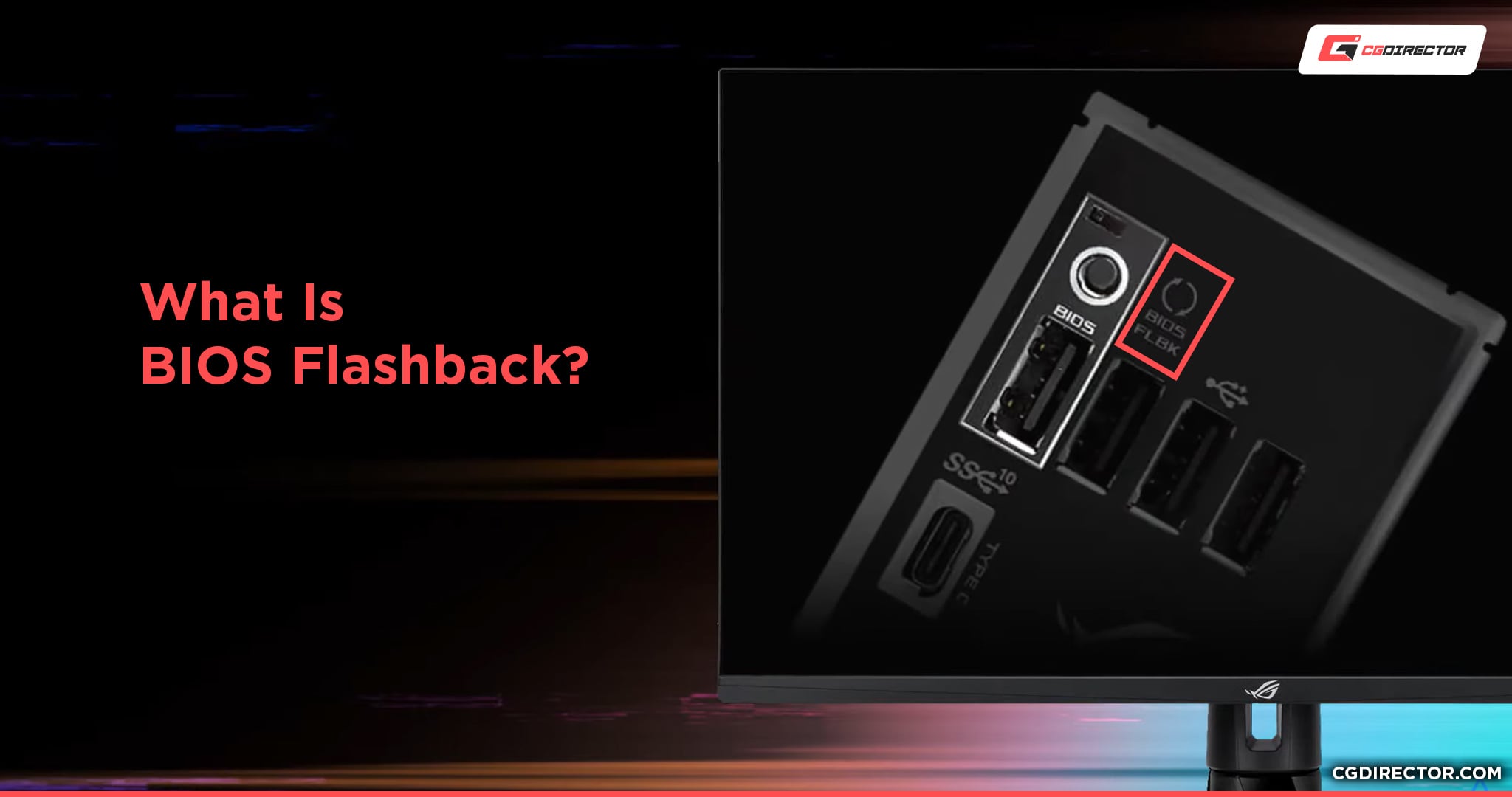
If you have (or are awaiting) a CPU that isn’t compatible with your motherboard without a BIOS update, you may need to use BIOS Flashback (or a similarly-named feature) in order to update your BIOS.
Fortunately, Alex has already written an extended BIOS Flashback Guide for you to consult if this describes your scenario.
Get a Loaner CPU
If your motherboard doesn’t support your CPU or BIOS Flashback, you may be forced to get a loaner CPU in order to fully boot into your PC for a BIOS update.
This is most common with AMD, and the steps to follow for this process and AM4 motherboards is documented here, with steps directing to their Warranty Service Portal to request a Boot Kit.
Unfortunately, loaner CPUs and BIOS Flashback may not always be available to you. In these scenarios, you really will just be forced to buy a CPU that has out-of-box compatibility with your motherboard before you can get any kind of use out of it.
Over to You
And that’s all!
I hope this article helped clarify why a PC will not turn on and enter BIOS without a CPU, and what you can do in that (likely) scenario, since you saw fit to end up here.
If you’re in this situation, I hope you’re able to get a clean solution with Flashback and not be forced to resort to a loaner CPU or buying another processor just to use your existing PC!
There isn’t much more to say for this article, but if you have more questions about PC hardware, feel free to ask them in the comments below or the CGDirector Forums, where you can engage in long-form discussions with other Enthusiasts and Experts.
Until then or until next time, happy computing, and good luck with your PC building/troubleshooting!
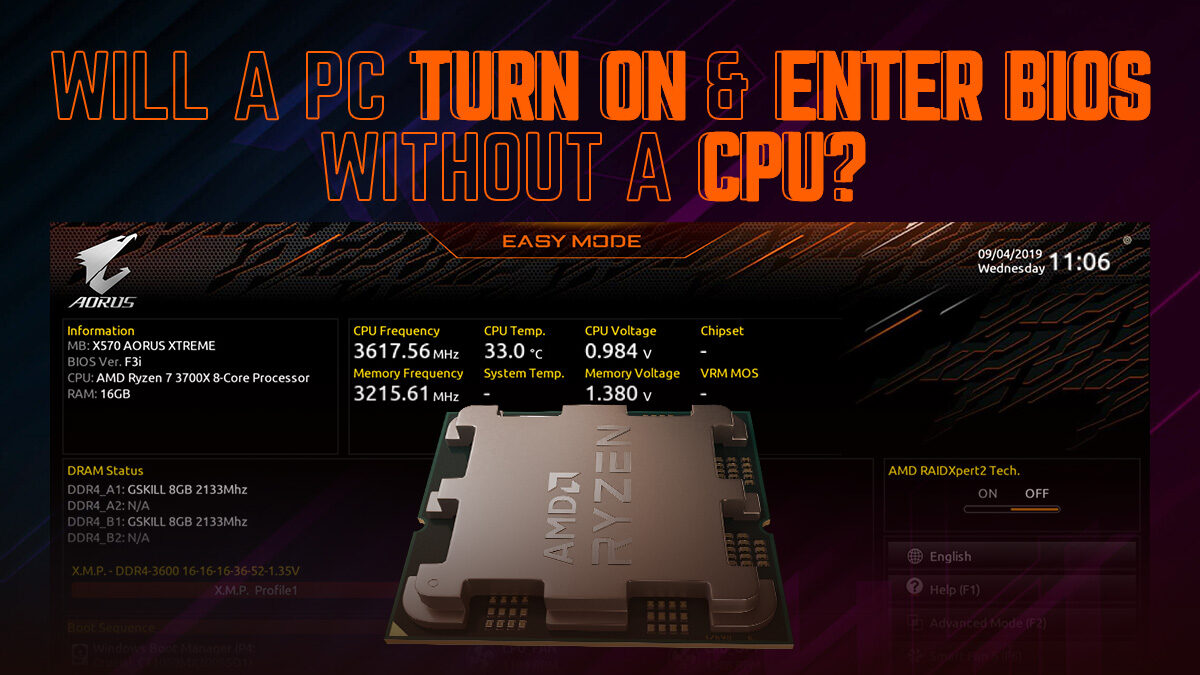
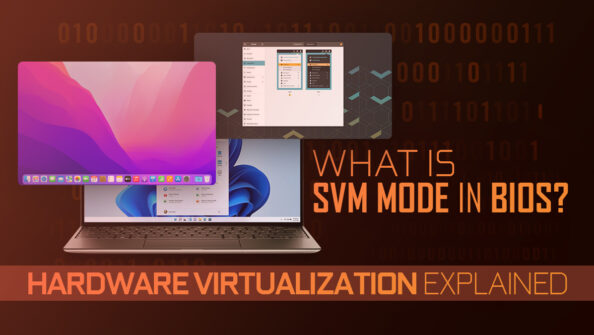
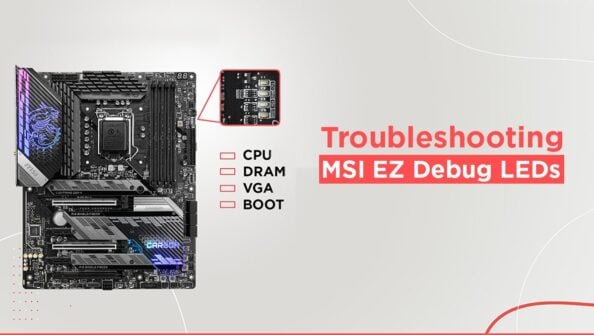
![How to Get a CPU Cooler off of a CPU [Un-stick Glued-On Cooler] How to Get a CPU Cooler off of a CPU [Un-stick Glued-On Cooler]](https://www.cgdirector.com/wp-content/uploads/media/2024/03/How-to-get-CPU-Cooler-off-CPU-Twitter-copy-594x335.jpg)
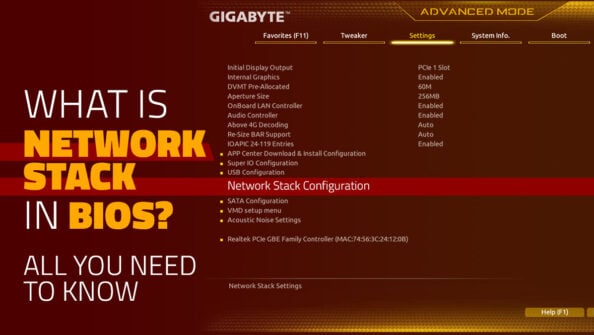

1 comment
16 June, 2025
This is a very informative blog for me. I very much benefited from reading this blog. Keep sharing.